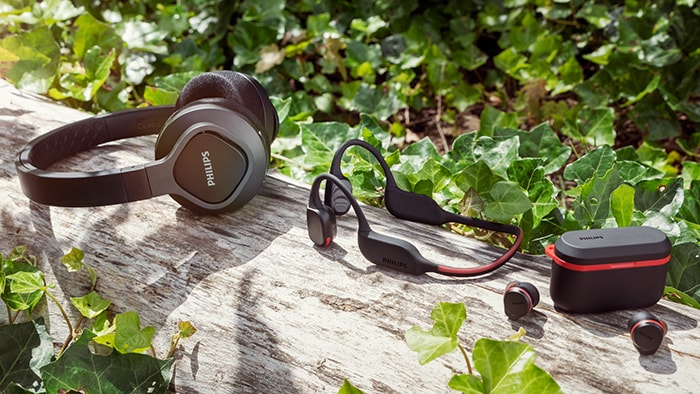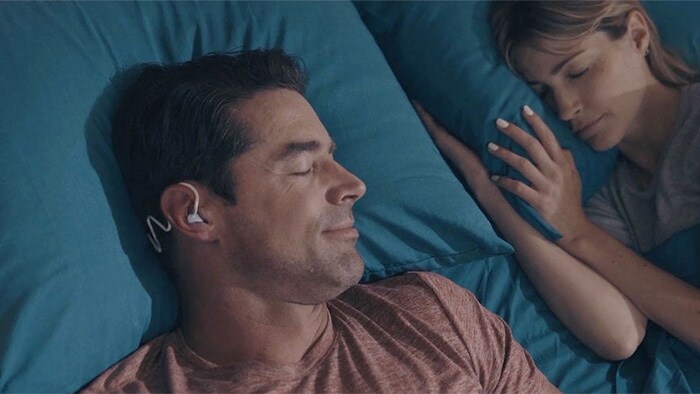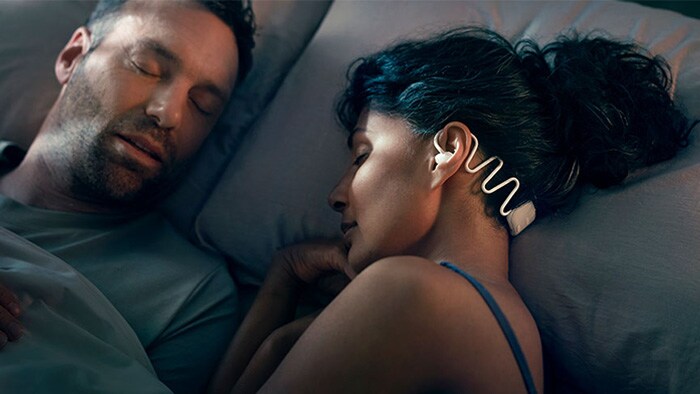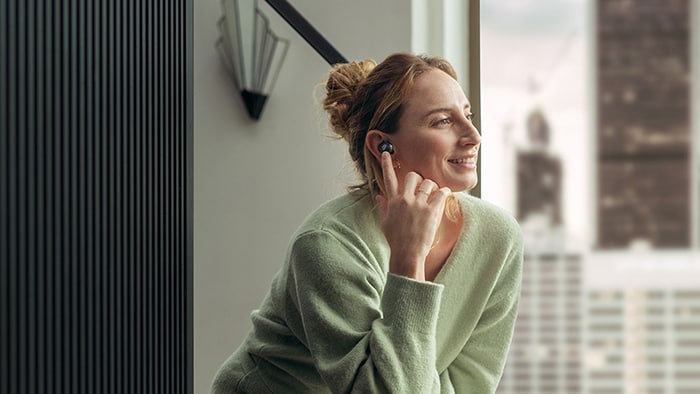What are sleep headphones? Are they safe & comfortable?
Sleep headphones have gained considerable attention in recent years as a specialised solution for individuals seeking to get to sleep quicker, but also avoid sound disturbances throughout the night. Unlike their conventional counterparts, sleep headphones are designed with the unique needs of sleepers in mind. We will delve into the distinctive characteristics that set sleep headphones apart from regular headphones, focusing on aspects such as design, fit, research-driven ergonomics, noise masking capabilities, and overall safety.
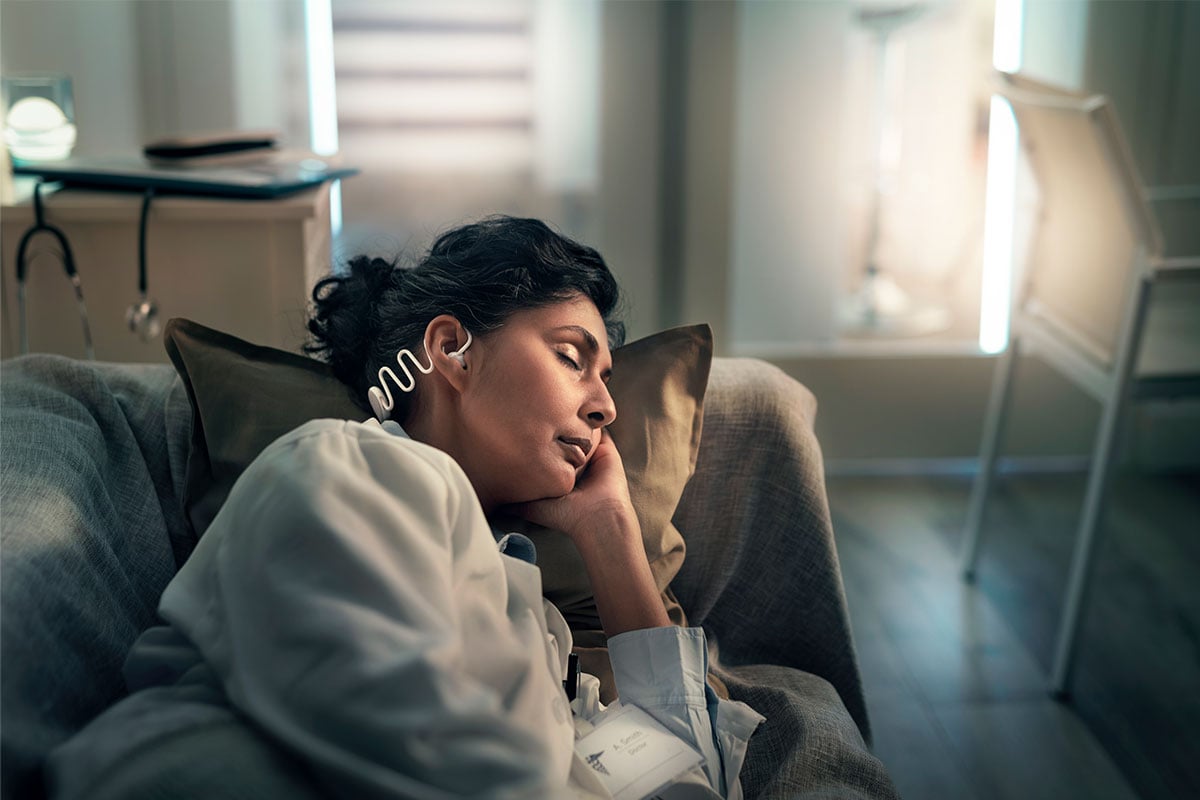
Design and Fit - how do sleep headphones differ?
The most apparent difference between sleep headphones and standard headphones lies in their design and fit. Traditional headphones, primarily engineered for active listening during waking hours, typically feature larger ear cups and adjustable headbands or, in the case of modern wireless headphones, as standalone bluetooth earbuds within a charging case. Whilst these designs prioritise comfort and ease throughout daytime wear, they can be uncomfortable and irritable to wear at night, making an investment in specialised sleep headphones such as Philips Sleep Headphones worthwhile. Sleep headphones adopt an entirely different approach. Though designs vary by make, these specialised sets come more streamlined and lightweight, thereby minimising intrusion into the sleeper’s comfort zone and reducing the risk of discomfort or pressure points that might disrupt sleep.
Research-Driven Ergonomics - how do sleep headphones leverage research?
The ergonomic considerations for sleep headphones extend beyond their outward appearance. Manufacturers invest significant effort in research to determine the optimal shape and fit for their products. This research often involves studying extensive data on human head and ear shapes, aiming to create a design that works precisely with a wide range of shapes. Philips Sleep Headphones were created by applying over a decade’s research and feedback from tens of thousands of users, and we’ve built an innovative 3D statistical shape model to optimise their design for sleep. At just 6mm thick, they are the thinnest earbuds in the world, making them ultra-comfortable for even those of us who sleep on our sides. Conversely, conventional headphones, while excellent for daytime audio activities, may fall short in terms of ergonomic design for sleep. Their bulkier ear cups and headbands can lead to discomfort or pressure points, particularly when used for extended periods during the night. Many modern wireless earbuds can easily fall out at night and become lost within sheets and down the backsides of beds.
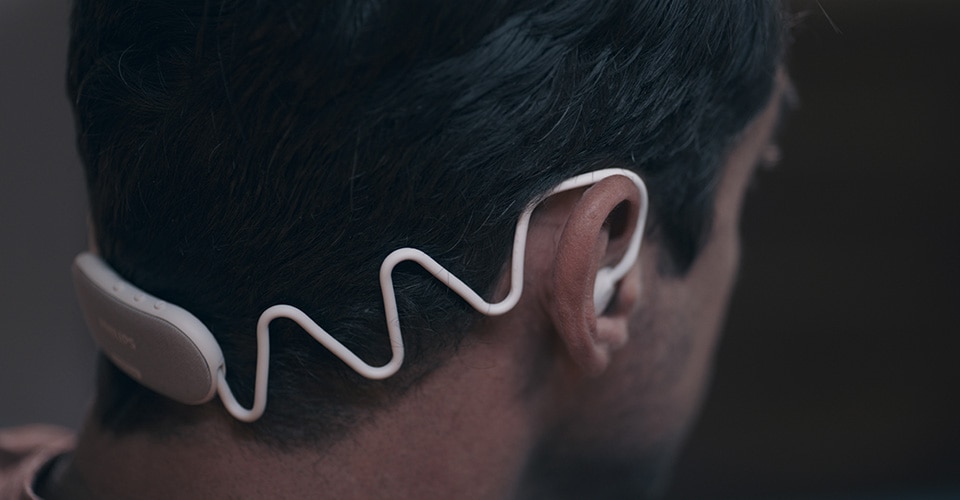
Noise Masking vs. Active Noise Cancellation (ANC) - what are the differences?
Another significant point of distinction between sleep headphones and regular headphones is their approach to managing ambient sounds. Traditional headphones, particularly those equipped with Active Noise Cancellation (ANC), look to reduce external noise. This technology is highly effective for enhancing audio quality and providing an immersive listening experience. In contrast, specialised sets, such as Philips Sleep Headphones, prioritise noise masking. Rather than actively eliminating external noise, they detect any outer disturbances and cleverly mask them with white, soothing sounds to avoid disruption to sleep. This feature is particularly beneficial for individuals who share their sleeping space with noise disturbances, such as snoring partners, street traffic, or other nighttime disruptions.
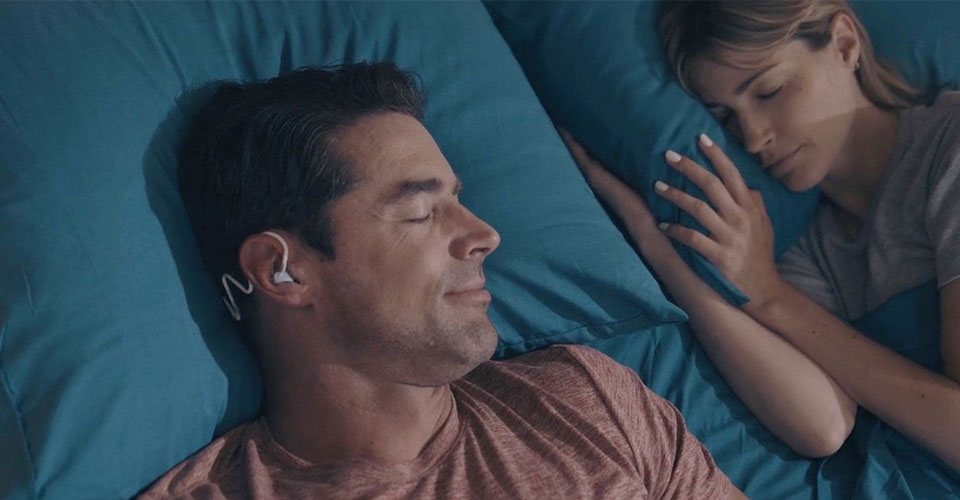
Safety Considerations - how do we make wearing headphones at night safe?
Safety is a paramount concern when evaluating any audio device, particularly during sleep. Sleep headphones are engineered with safety in mind, incorporating various features to mitigate potential risks. These features encompass both the audio output and the materials used in their construction. The speaker units in sleep headphones are designed to emit sound at levels well below the threshold for potential hearing damage. This is a crucial safety consideration, as headphones worn during sleep may expose users to sound for extended periods. With Philips Sleep Headphones, the design has been modified with a new silicone cable sleeve design - with a tighter wrap - to reduce the pressure both on the outer earflap and in the ear canal. The earbud has also been rotated around the eartip, helping avoid the cable touching the sensitive tragion part of the ear. As with their predecessor, Nightbuds, the cable wraps around the back of your end, preventing any potential choking hazard. Conventional headphones are safe for daytime listening - but may pose discomfort and safety risks when used during sleep. The protruding ear cups and headbands of standard headphones can lead to discomfort, pressure sores, or even pose choking hazards if the wearer tends to move around during sleep.
Is there a special sleep audio app to pair them with?
Many sleep headphones come equipped with their own mobile app, and Philips Sleep Headphones can pair with the Kokoon app (available on iOS and Android) to be your personalised sleep coach. The app comes with a wide range of soundscapes and other sleep audios to play when drifting off, selected and developed by Kokoon’s team of dedicated sleep scientists. With such a wide range, there is almost always something for everybody - however, you are still able to use them as normal bluetooth headphones with your usual music app of choice, such as Spotify or Apple Music. The app can also provide you with detailed insights into your sleep and sleep patterns, helping you make data-informed decisions on your bedtime and how other day-to-day factors may be affecting your sleep. Being able to look at how day-to-day variables affect your sleep, such as exercise, diet and alcohol consumption, can be highly beneficial in helping you decide what helps your body get the best night’s sleep possible. However, it is just as important to ensure you can use your own apps with the headphones as well. Apps such as Apple Music, Spotify, and Deezer are all also packed with great sleep material - and you shouldn’t be forced to miss out on those! Philips Sleep Headphones give you the opportunity to use them like regular bluetooth headphones if you wish - meaning that awesome sleep playlist you’ve spent years building on Spotify won’t go to waste.
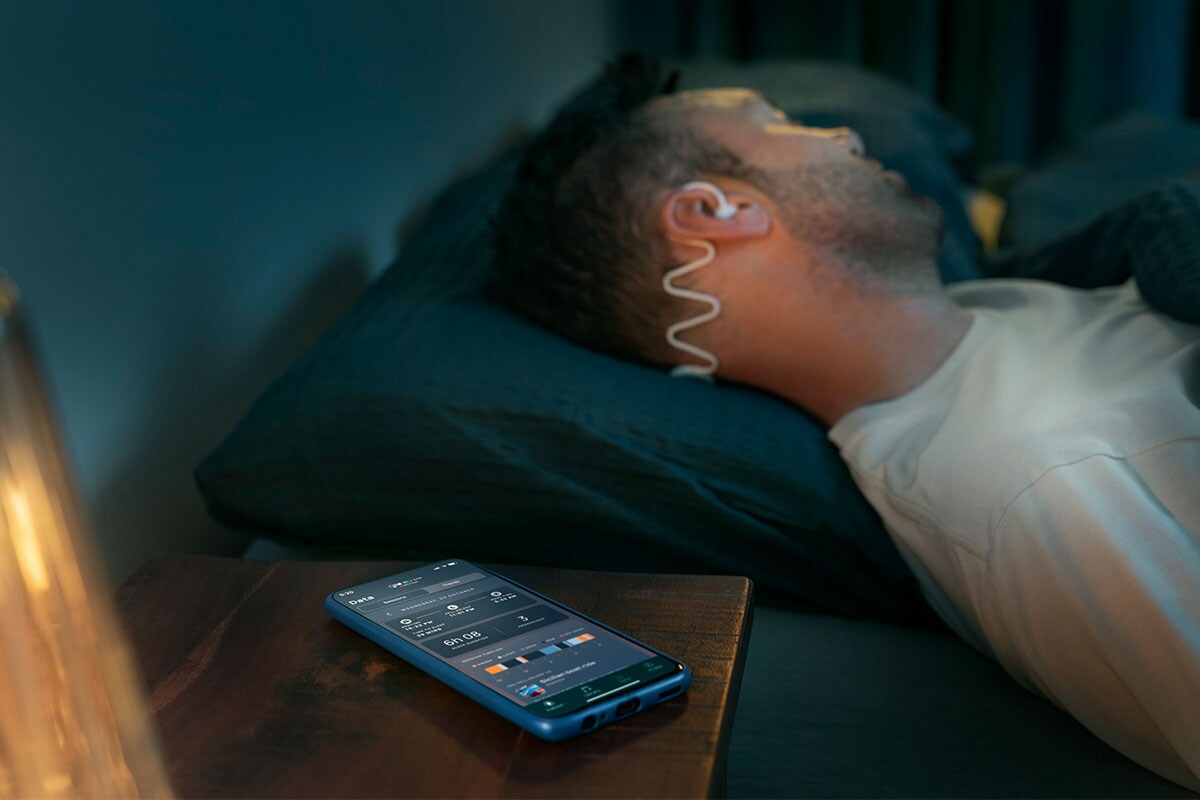
Conclusion
In conclusion, sleep headphones, exemplified by the Philips Sleep Headphones with Kokoon, offer a distinct audio solution for restful sleep. They stand apart from standard headphones, prioritising ergonomic design and noise masking. These headphones, engineered for nighttime comfort, use research-driven ergonomics and emit soothing sounds to create a tranquil sleep environment. Safety is a prime consideration, with speaker units designed to protect hearing during extended use. Additionally, integration with the Kokoon app adds a personalised touch, offering curated soundscapes and insights for improved sleep quality. Sleep headphones blend comfort, noise masking, safety, and technology for an enhanced sleep experience.
